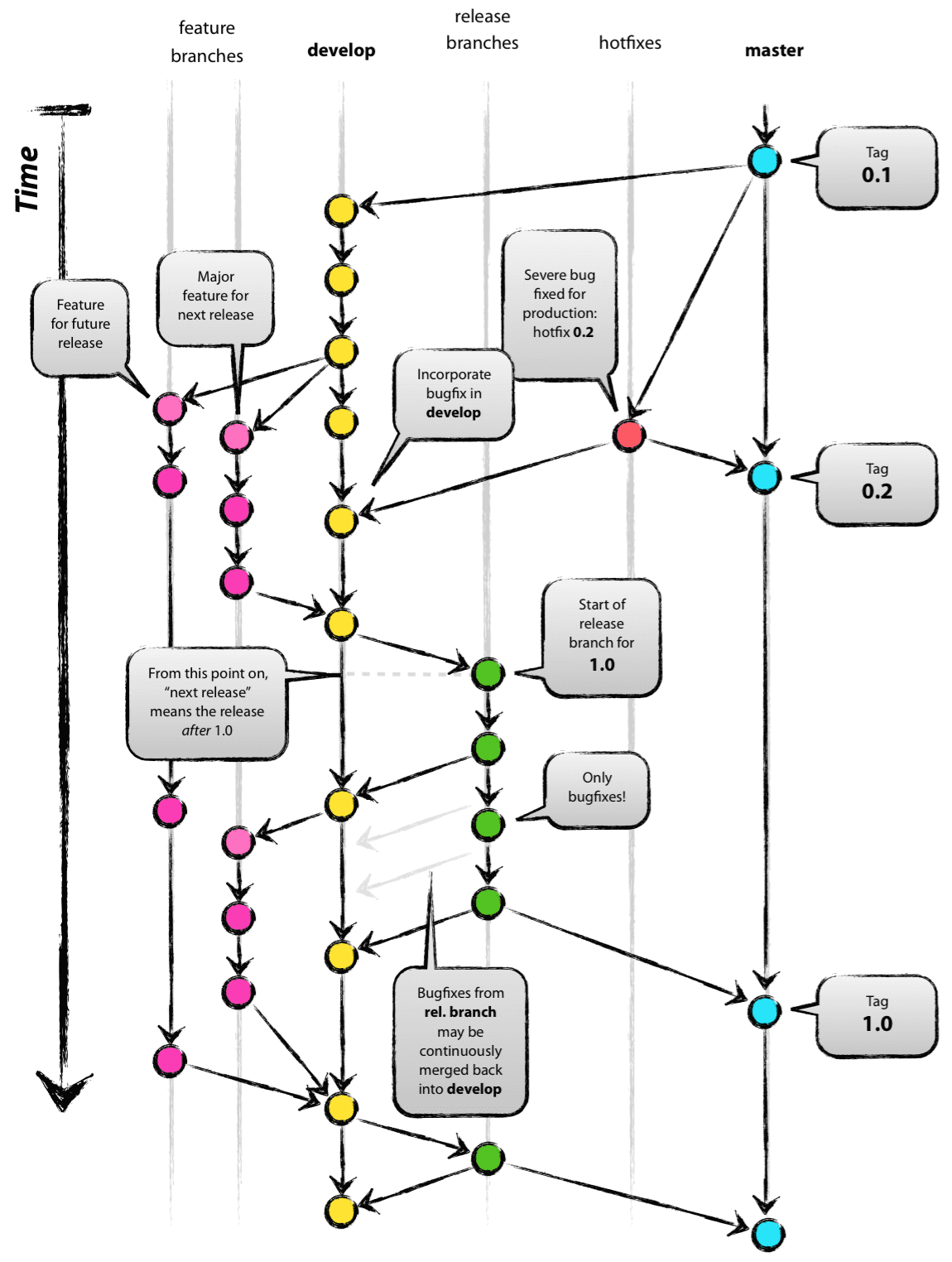Welcome to the API Documentation of the SaaS Base Project—a powerful foundation to help developers build secure, resilient and robust SaaS applications. It's built with a strong focus on security and performance, following best practices and industry-standard.
The main objective of this project is to suggest efficient implementation strategies commonly observed in the SaaS landscape. By leveraging this project as a starting point, developers can significantly improve their development process, enabling them to focus on creating business logic and crafting application-specific features.
This documentation, provide a comprehensive details on the various API, each addressing different aspects of a SaaS business:
- Client Platform: API dedicated to client-facing applications generally accessed through frontend interfaces, mobile applications and/or API.
- Back Office: Operation and support API for operational functionalities.
- Internal: APIs for external services like schedulers, jobs, webhooks [...] enabling seamless integration with the platform.
- Management: API used by the development team to manage the platform. It is intentionally separated from the internal API for improved security.
- Public API: Public facing API
- API Endpoints
- Authentication and Authorization
- Rate Limiting
- Message Broker
- Database
- Database Migration
- Metrics
- Tracing
- Caching
- Postman Collection
- Error Handling
- CI/CD
- Formatting
- Feedback and Support
- URL:
{{host}}/platform/web/{{host}}/platform/mobile/{{host}}/platform/api/ - Description: Client-facing applications. Divided in 3 categories based on your product supported platform. Separated for better isolation.
- Auth:
- Authentication:
- Web/mobile: JWT
- API: API key
- Authorization:
- Web/mobile: JWT role based access. It verifies
platform_userandplatform_adminrole. - API: API key role based access. It verifies the API key company's
role
company.is_platform.
- Web/mobile: JWT role based access. It verifies
- Authentication:
- URL:
{{host}}/back-office/ - Description: Provides APIs to efficiently manage back-office operations, usually serving as interface between support and operation.
- Auth:
- Authentication:
- JWT
- Authorization:
- JWT role based access. It verifies
back_office_userandback_office_adminrole.
- JWT role based access. It verifies
- Authentication:
- URL:
{{host}}/internal/ - Description: Expose APIs for external services such as schedulers, jobs, webhooks etc.
- Auth:
- Authentication:
- API key
- Authorization:
- API key role based access. It verifies the API key company's role
company.is_internal.
- API key role based access. It verifies the API key company's role
- Authentication:
- URL:
{{host}}/management/ - Description: Designed to empower the development team, this endpoint offers APIs for managing and maintaining the entire platform.
- Auth:
- Authentication:
- JWT
- Authorization:
- JWT role based access. It verifies
management_userandmanagement_adminrole.
- JWT role based access. It verifies
- Authentication:
- URL:
{{host}}/public/ - Description: This endpoint provides public facing information.
It uses Keycloak and Spring Security for authentication and Role-Based Access Control (RBAC). For a more fine-grained authorization you can use Keycloak Attribute-based access control (ABAC).
If you would like to centralize the API key authorization in Keycloak, I would recommend using the Resource Owner’s Password Credentials (easier to set up but deprecated in OAuth 2) or Client Credentials Grant.
It uses PostgreSQL for persistence and Flyway for managing migrations and schema versioning.
It uses the default Spring cache mechanism with ConcurrentHashMap. It
can be extended to use a centralized cache like Redis.
Message brokering is managed by RabbitMQ (using quorum queue), ensuring reliable and efficient message delivery.
It uses OpenTelemetry agent to collect detailed metrics and tracing data.
By default, it limits each IP to 50 requests per second, helping balance server usage and maintain responsiveness. It is usually more adequate to implement rate limiting at the Load Balancer level.
It uses a consistent error handling strategy that prioritizes informative and descriptive error responses. Errors are carefully categorized and presented with corresponding HTTP status codes and clear error messages. It uses RFC 9457.
example:
{
"type": "about:blank",
"title": "Bad Request",
"status": 400,
"detail": "Validation failed.",
"instance": "/management/companies",
"errors": [
{
"pointer": "slug",
"reason": "must not be blank"
}
]
}origin/main- Always reflects a production-ready state.
origin/develop- Always reflects a state with the latest delivered development changes for the next release.
make release # from developmake hotfix # from mainIt uses Git Code Format Maven Plugin to unify java formatting. On commit, the hook will automatically format staged files.
Import Postman collection to quickly get started.
Collection:
Environment:
The dependencies of the project are:
- OpenJDK Java version >= 21
- Docker
- Docker Compose
- Maven
make start-allmake start-inframake run-apimake testmake killdocumentation / java-instrumentation
JVM options:
-javaagent:path-to-your-project/opentelemetry/opentelemetry-javaagent.jar
-Dotel.javaagent.configuration-file=path-to-your-project/opentelemetry/dev.properties
- For debugging tracing exporter, set
otel.traces.exporter=otlpinopentelemetry/dev.propertiesand use otel-desktop-viewer - For debugging metrics exporter, set
otel.metrics.exporter=logginginopentelemetry/dev.properties
To build the image:
mvn clean package -DskipTests spring-boot:build-image
To run the image with otel agent:
docker run --net host \
-e SPRING_PROFILES_ACTIVE=dev \
-e SPRING_DATASOURCE_URL="jdbc:postgresql://localhost:5432/api" \
-e JAVA_TOOL_OPTIONS="-javaagent:/workspace/opentelemetry/opentelemetry-javaagent.jar" \
-e OTEL_JAVAAGENT_CONFIGURATION_FILE=/workspace/opentelemetry/default.properties \
-e OTEL_TRACES_EXPORTER=otlp \
-e OTEL_EXPORTER_OTLP_ENDPOINT=http://localhost:4317 \
api:0.0.1-SNAPSHOT
Limitations:
- Flyway: Automatic detection of Java migrations are not supported in native image, see #33458
- Many others small issues
We value your feedback and are committed to continuous improvement. If you have any suggestions, encounter issues, or require assistance, please don't hesitate to reach out.
- Feedback: Feel free to open an issue or submit a pull request on our GitHub repository.
- Support: For further assistance or inquiries, please send me a message on linkedin.
